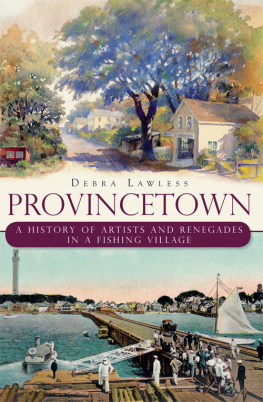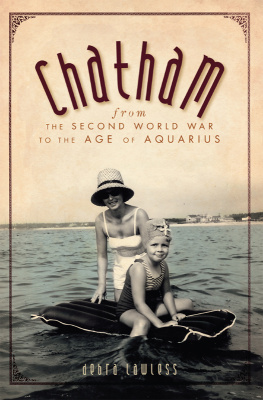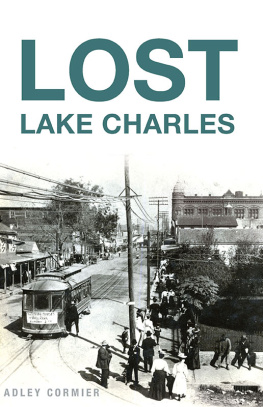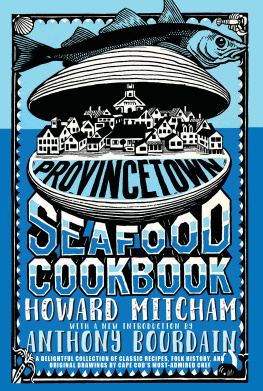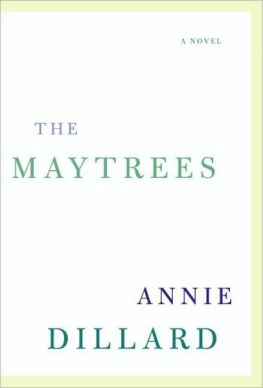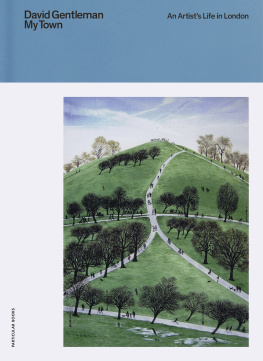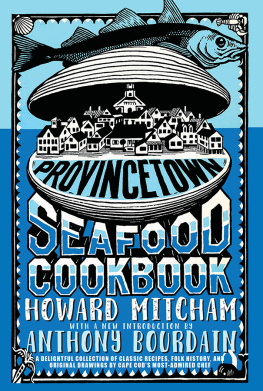
Praise for Chatham in the Jazz Age:
Everyone knows that Chatham enjoys some of the most spectacular scenery of any East Coast resort. What we may not know is that great resorts are not just discovered, they are made. In this charming book Debra Lawless chronicles how Joseph Lincoln, Alice Stallknecht Wight and others used their talents to create and sell the idea of Chatham and Olde Cape Cod to the world as it dashed madly into the fun and frivolity of the new Jazz Age.
William Sargent, author of numerous books on Cape Cods coastal environment, including Just Seconds from the Ocean: Coastal Living in the Wake of Katrina (2008)
I have just finished Chatham in the Jazz Age. I liked this book a great deal. As a native Chatham man with Eldridge/Nickerson bloodlines, I know a bit about Chatham and its history. Debras neat little book opened my eyes to facets of Chatham that I knew little about. She writes well and in a manner that makes the reader want more. Great pictures as well.
Dana Eldridge, a thirteenth-generation Cape Codder and the author of three memoirs, including A Cape Cod Kinship (2008)
PROVINCETOWN

D E B R A L A W L E S S

Published by The History Press
Charleston, SC 29403
www.historypress.net
Copyright 2011 by Debra Lawless
All rights reserved
First published 2011
e-book edition 2011
ISBN 978.1.61423.085.4
Library of Congress Cataloging-in-Publication Data
Lawless, Debra.
Provincetown : a history of artists and renegades in a fishing village / Debra Lawless.
p. cm.
Includes bibliographical references.
print edition ISBN 978-1-60949-025-6
1. Provincetown (Mass.)--History--20th century. 2. Provincetown (Mass.)--Intellectual
life--20th century. 3. Artists--Massachusetts--Provincetown--History--20th century. 4.
Monuments--Massachusetts--Provincetown--History--20th century. 5. Provincetown
(Mass.)--Biography. 6. Provincetown (Mass.)--Social life and customs--20th century. I. Title.
F74.P96L39 2011
974.492--dc22
2011007656
Notice: The information in this book is true and complete to the best of our knowledge. It is offered without guarantee on the part of the author or The History Press. The author and The History Press disclaim all liability in connection with the use of this book.
All rights reserved. No part of this book may be reproduced or transmitted in any form whatsoever without prior written permission from the publisher except in the case of brief quotations embodied in critical articles and reviews.
For my father, Leroy D. Aaronson, MD,
with thanks for introducing me to Provincetown.
CONTENTS
PREFACE
We used to go to Provincetown at night, my parents and I. Two or three times every summer, wed drive the thirty-six miles up Route 6 from Chatham at dusk and arrive in Provincetown after dark, when Commercial Street was illuminated by colored lights from the shops. Back then, in the mid-1960s, it seemed everyone was outdoors in the muggy heat. It would be many years before I saw Provincetown by daylight and many more before I learned of its fascinating, raucous history.
Then, as now, visitors could find what they were looking for in Provincetown. In the early part of the twentieth century, painters sought a clarity of light that they could represent in color on canvas. Bohemian writers and theater people sought a place where they could work and playa summertime continuation of their lives in Greenwich Village. Some, like my parents, sought a few hours of excitement, a break from the routine.
Here, in this three-mile stretch of Provincetowns condensed residential area, the outsiders formed a community with the Yankee Mayflower descendants and the Portuguese fishermen and their families. Walking on and off the stage every day were day-trippers from the Boston boat and sailors from the Atlantic Fleet.
In the carnival-like atmosphere of the summer, people who would never ordinarily have met brushed up against one another. And here, on this speck of land set among sand dunes and salt water, some indefinable fermentation brought forth a theater group, the Provincetown Players, that would revolutionize American theater. It also brought forth painters who would influence the course of American art throughout the twentieth century.
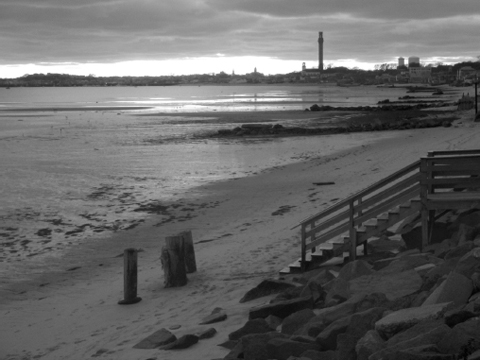
At sunset in the winter, the Pilgrim Monument casts its shadow onto Provincetown Harbor. Photo by Deane Folsom II.
This arm of land, which holds Provincetown, a dot in the crook of its fist, is surrounded with mystery, Mary Heaton Vorse wrote in her elegiac memoir, Time and the Town.
Who can explain the magic that is Provincetown?
ACKNOWLEDGEMENTS
No book is created in a vacuum. As I researched and wrote this book, I incurred many debts.
I would like to thank Shirley and Girard Smith for a fun tour of Edward Hoppers Truro and for many anecdotes about Edward and Jo Hopper; Wendy Everett for graciously talking to me about her mother, Mary Hackett, and about Provincetown as she knew it; James Bakker and Laurel Guadazno of the Pilgrim Monument and Provincetown Museum for a photograph and various information; Robert Harrison of Provincetown for much guidance; Katherine Baltivik of the Charles-Baltivik Gallery for information on the towns artists; and the staffs of the Provincetown Public Library and the Provincetown Art Association Museum.
I thank Deane Folsom II and William Camir for photographs used in this book.
In Chatham, I thank Hoyt and Deborah Ecker for information on Hoyts mother, Barbara Hoyt Ecker; Harry and Judi Cutts for information on Judis grandfather, Cyrus E. Dallin; Read and Jane Moffett for information on Susan Glaspell; and the staff of the Eldredge Public Library, who must be sick to death of my books on hold.
I also thank Eric Linder, owner of Yellow Umbrella Books; my colleagues at the Cape Cod Chronicle; Caitlin and Joanne Doggart, owners of Where the Sidewalk Ends Books; and the Cape Cod Writers Center for their support.
On a personal level, I would like to thank my husband, John, for his forbearance in reading several drafts; my friend Stuart G. Stearns for early on encouraging me with this project and commenting on several drafts; my friends Mary Siqueiros, Kathrine Lovell, Doug and Heather Karn, Ursula Panzarella, Shirley Fulcher, George White Sr., Fred Byrne, Astrid McLean, the Folsom families, Robert Insley, MD, and Mike Watkiss; and my cousins Patti Aaronson and Barbara Pierce. I also thank my friends David Olsen and Leonard Flood, whose wedding I was honored to attend in October 2010. I am grateful to you all.
Finally, I thank my editor, Jeff Saraceno of The History Press, for believing in this project and for his helpful suggestions.
1
THE RISE OF THE MONUMENT,
18991909
IT HAD SIX EYES
One school of thought has it that lands end places differ from other places. Their remoteness, combined with the wildness of a landscape thrust into the sea, creates a raffish, eccentric reputation. Provincetown is no exception.
Next page
